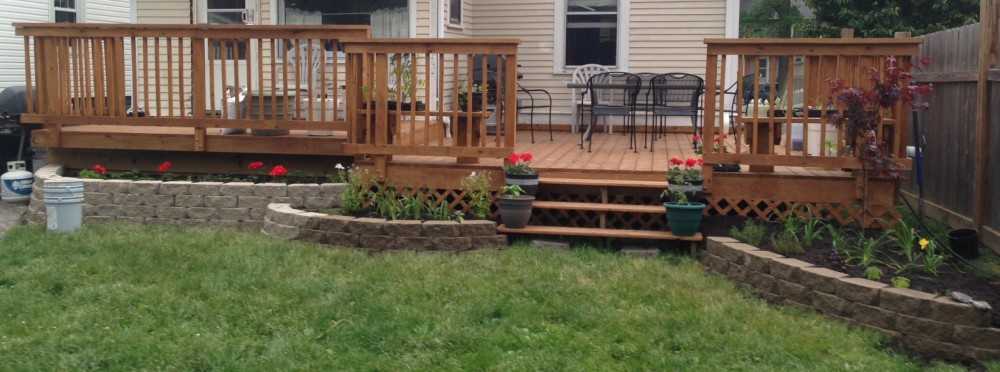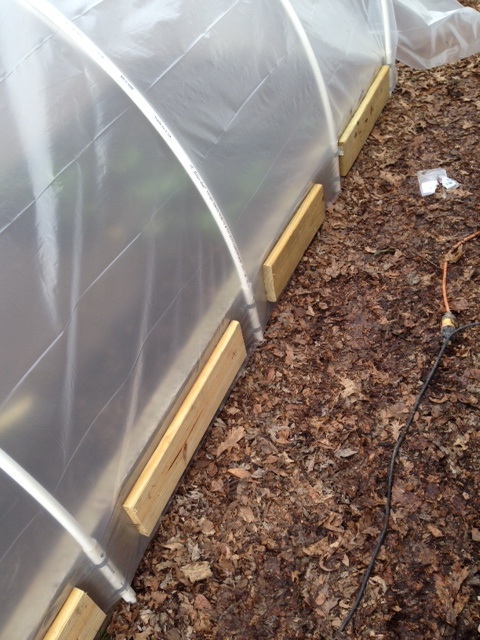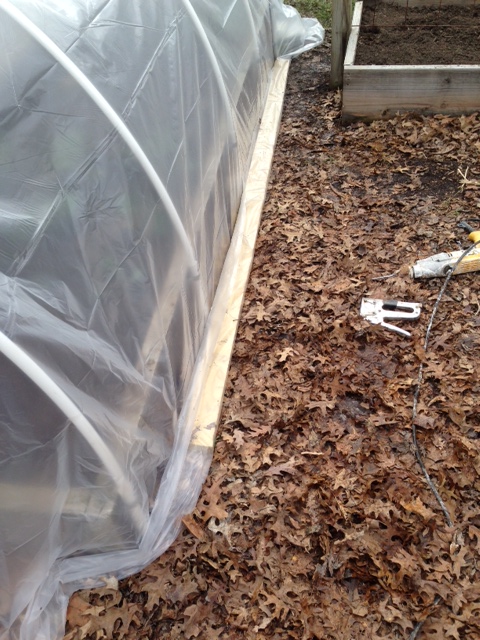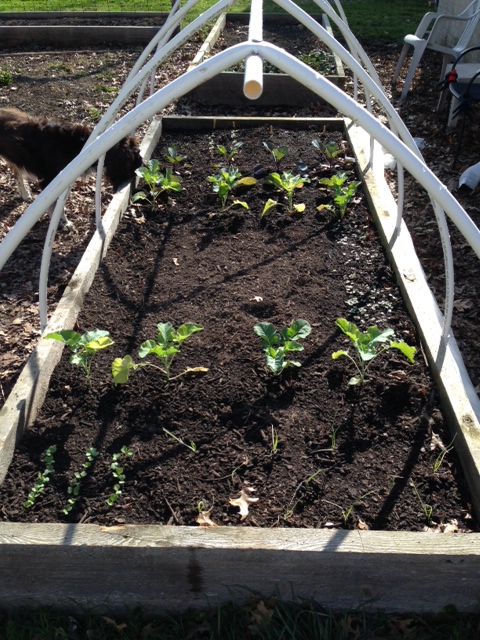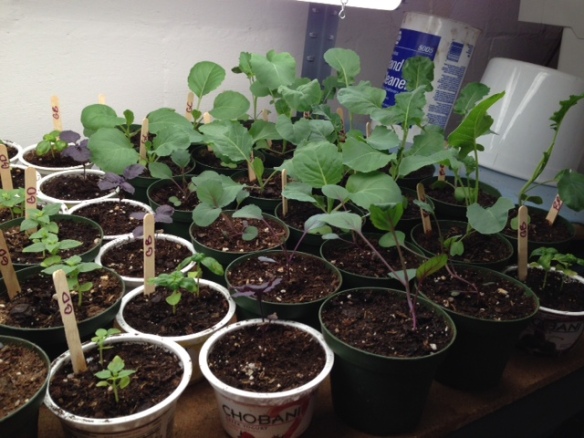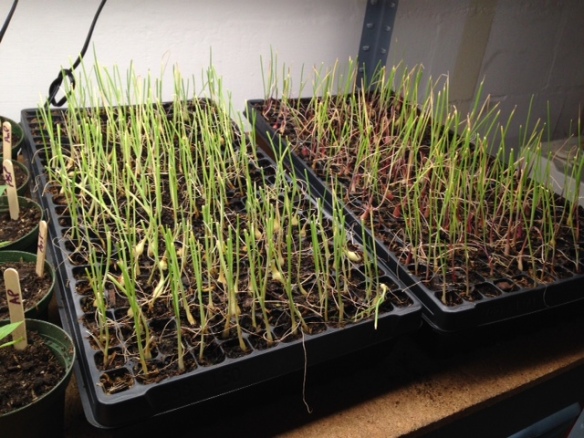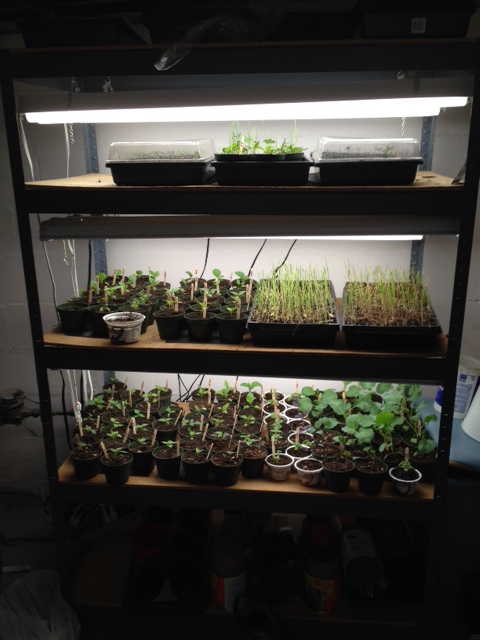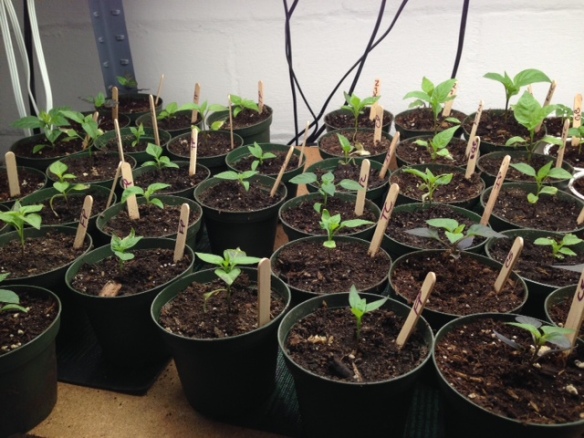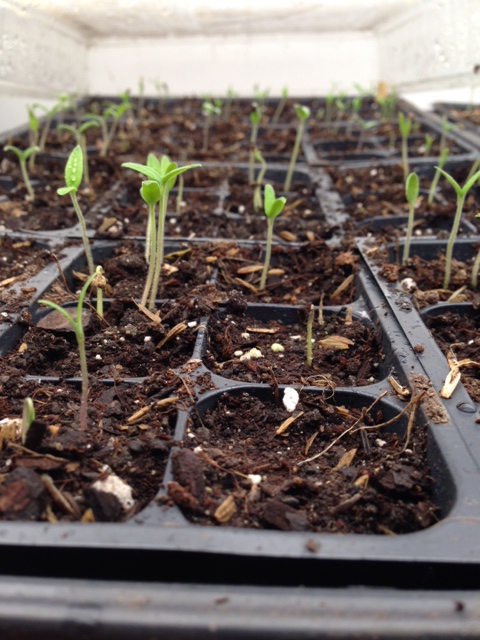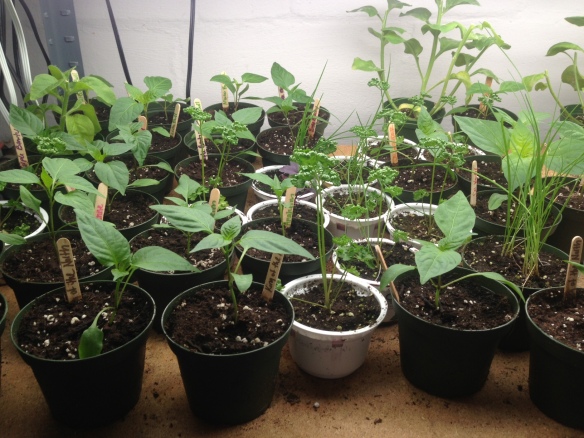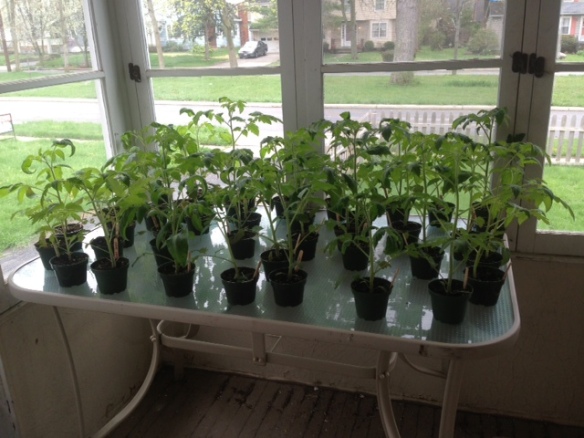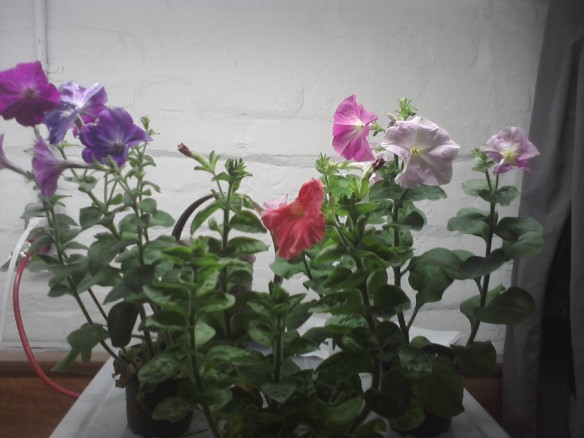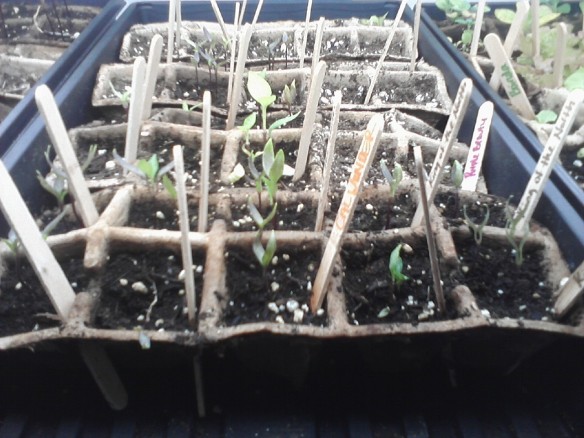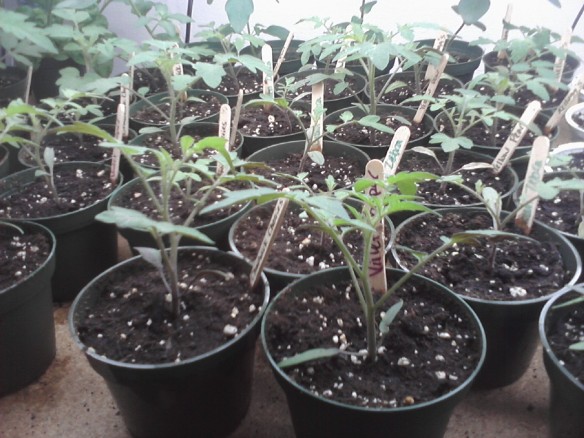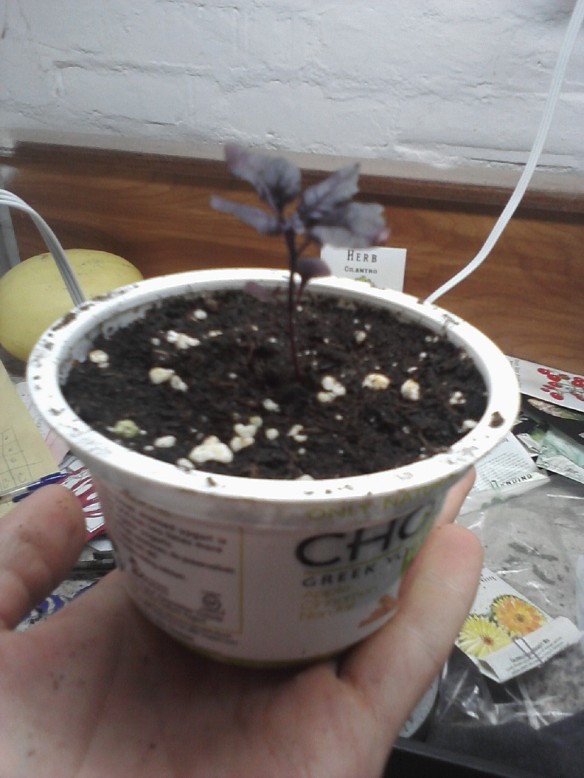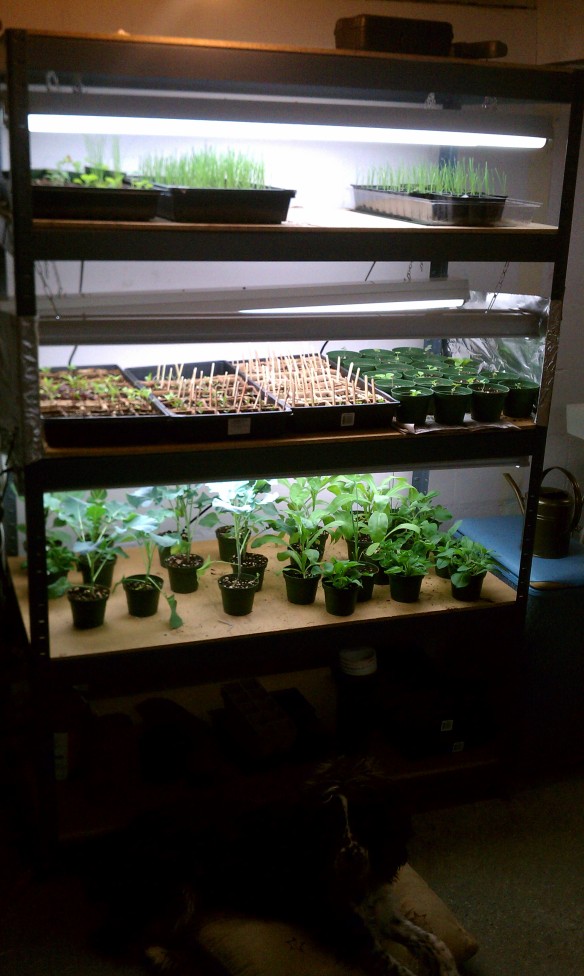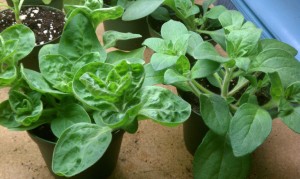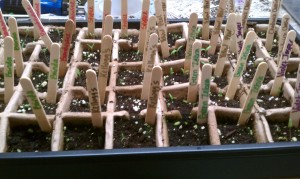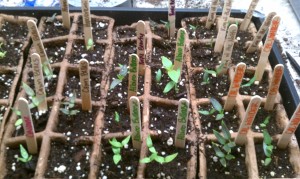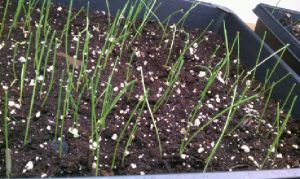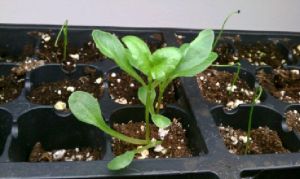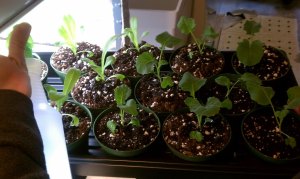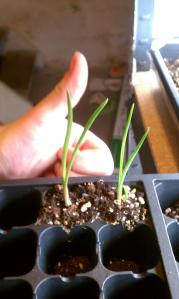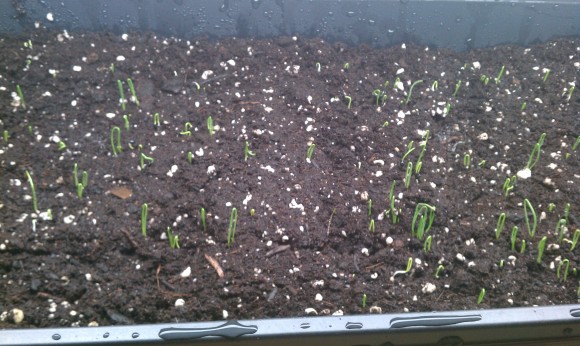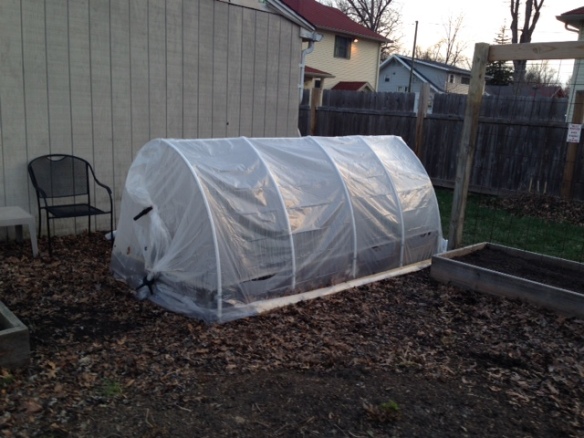
So, I built a hoop house a few weeks ago in hopes to start my garden early, but I didn’t want to post anything about it in fear of failure. After several frosts and a couple inches of snow, I think it’s safe to say this hoop house was a success!!
To attach the hoop house to the existing raised bed, we screwed larger PVC piping to the bed frame. We used 1/2″ PVC for the skeleton, and 3/4″ PVC for the anchor. I first pounded the anchor in the ground until flush with the bed frame, and then we attached the anchor with screws and attachment. When assembling the hoop house the pipes fit perfectly and slide right into the anchors and have good stability. I have seen this done many ways, but we were going for cheap, efficient, and easy.
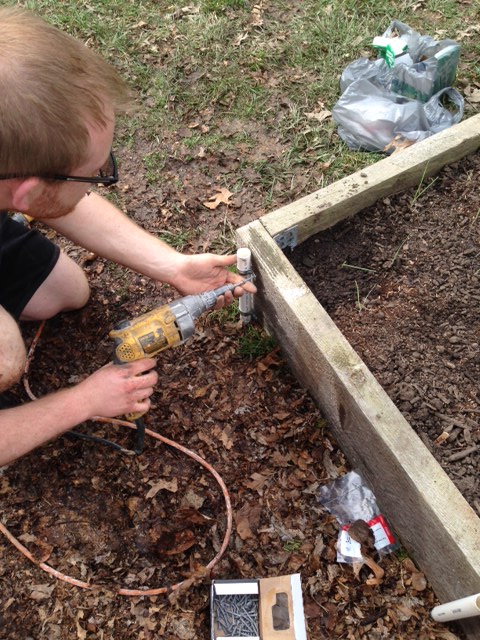
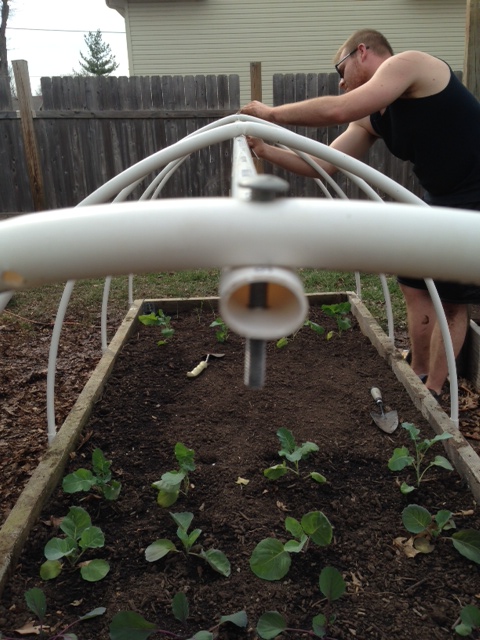 Once all the “ribs” were in, they were still flimsy, so we attached a “sternum” on top by drilling a hole and then bolting them together. (Pardon my anatomy referencing, I am a nurse, you know!) This really strengthened the hoop house. *Note: drilling pvc pipe and then bending pvc pipe puts too much stress on it and caused it to bend with a peak rather than a smooth curve. Not sure how that could have been prevented, but I’m not too worried.
Once all the “ribs” were in, they were still flimsy, so we attached a “sternum” on top by drilling a hole and then bolting them together. (Pardon my anatomy referencing, I am a nurse, you know!) This really strengthened the hoop house. *Note: drilling pvc pipe and then bending pvc pipe puts too much stress on it and caused it to bend with a peak rather than a smooth curve. Not sure how that could have been prevented, but I’m not too worried.
To attach the plastic covering, we just screwed some scrap wood to the bed frame with the plastic in between. Not the most aesthetic, but serves its purpose. The other end of the plastic was stapled to a long board. Now if we want the plastic off all we have to do is roll it up over the board. *I’m terrible at explaining things like this, so hopefully the pictures can do what I can’t.
Broccoli, cabbage, and leek seedlings survived temperatures below 25 degrees, and radish, kohirabi, bok choy, kale, spinach, and lettuce seeds have all germinated and are looking good!
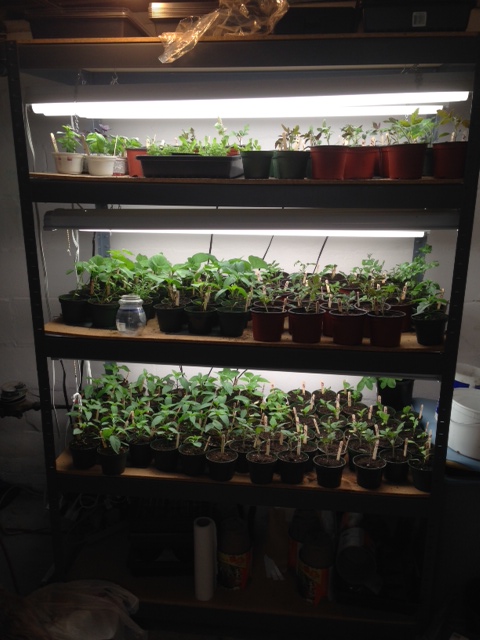 Tomatoes, peppers, eggplant, basil, and parsley seedlings inside doing soooo well!! They’ll be in the ground soon, can’t wait!
Tomatoes, peppers, eggplant, basil, and parsley seedlings inside doing soooo well!! They’ll be in the ground soon, can’t wait!
